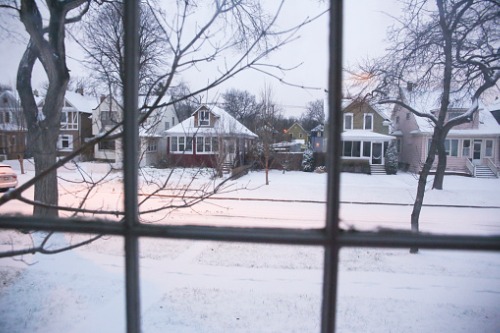

Insurers are braced for an influx of claims after an historic blizzard struck Newfoundland on January 17, burying parts of the Atlantic province under 90 centimetres of snow. The record-breaking storm caused a slew of power outages and widespread closure of businesses, roads, and other municipal services.
The provincial capital, St John’s, experienced more than 76 centimetres of snow on January 17 – a new record for single-day snowfall in the city. It was placed under a state of emergency for eight days while emergency services and the Canadian armed forces were called in to clear roads and respond to infrastructure damage.
It’s just over two weeks since the storm and now the clean-up operation is in full throttle. As weather conditions turn more favourable, residents are assessing damages to their property and their businesses – and this is when the claims will start to roll in.
Expert Advice: Mitigating the risks of The Big Thaw
In the week following the storm, Insurance Business reached out to the Insurance Brokers Association of Newfoundland & Labrador (IBAN) to determine the impact on brokers in the province. As of January 28, IBAN president Kelly Hickman, also president of NL-based South Coast Insurance, said claim volumes were “on par with typical weather events” with most claims resulting from windstorm damage to roof, shingles and siding.
On the commercial side, some of IBAN’s broker members with offices in St. John’s had received inquiries related to business interruption coverage. This is in relation to the state of emergency that was declared by the province, which ordered businesses to close and prohibited vehicles from using city streets except emergency services. Hickman advised policyholders who might be considering a business interruption claim to check their policy wording. She pointed out: “Business interruption coverage would only apply if the interruption was due to an insured peril.”
While claims volume may have been manageable early on, the next few weeks and months could see a huge influx in winter storm-related claims. That’s what happened when a massive snowstorm struck Nova Scotia in January 2016, preceding almost two months of treacherous, snow-filled winter weather.
Reflecting back on Nova Scotia’s worst winter in recent years, Georgie Fleck, an insurance broker at AA Munro Insurance, said: “I’d never seen anything like it in my life. There was so much snow, I could literally walk over the top of my apple trees. That year, we saw a lot of claims resulting from partial building collapses and damages to property.”
The real problem the Atlantic province had was ice damming, according to Fleck. Ice dams form when temperatures fluctuate between warm and cold. When snow melts on a roof but is not drained properly, it could refreeze and form an ice dam. This can then prevent further snowmelt from draining off the roof, causing water to back up and eventually leak into a home.
“We were inundated with water claims in the spring of 2016. That’s what hit us the hardest,” Fleck told Insurance Business. “The snow itself can be dealt with - you plow it, you clear it, and you stay off the road until it’s safe. But the after-effect of ice damming in the spring was incredible. When the snow eventually started to melt, there was no place for the water to go. It felt like every second phone call was water damage claim – it was the biggest influx of claims I’ve experienced in my 30+ years in the business.”
While it’s too soon to tell if there will be a significant surge in ice damming-related water claims in Newfoundland, based on her experience of winter 2016 in Nova Scotia, Fleck commented: “I feel for them in Newfoundland, and I feel for them even more when the snow starts to melt.”
